Master data management (MDM) is an effective way to help organizations reduce the cost and time associated with producing valuable insights from data. Master Data Management Workflows helps create standardized data governance programs, clean incorrect data, identify problems in quality, structure taxonomies, and hierarchies, and standardize concepts. Additionally, it can be used to deduplicate records, match keys, integrate existing business systems (ETL, DW, CRM, and ERP), as well as provide interfaces for workflows and approvals.
In this blog post, we will explore the process of creating efficient workflows and approvals using MDM. Here are some tips for getting started:
- Identify the main steps that need to be taken in order to ensure a smooth workflow process. This includes understanding the requirements of each step as well as how best to implement those steps using MDM technology. This could include setting up specific rules or guidelines for the completion of tasks.
- Design a workflow diagram that outlines all of the necessary tasks for completing a project or process with MDM technology. This should provide both a visual representation of the steps needed as well as a written explanation so that users can easily understand how they can proceed through each task.
- After designing a workflow diagram, it is important to create policies and procedures around workflow management so that it is clear who is responsible for various tasks throughout the process and when they must be completed by in order to keep progress moving along smoothly with minimal disruption or delays.
- Integrate existing business systems into your MDM platform in order to streamline workflows even further. Utilizing existing tools within your organization’s architecture will make it easier to track progress along multiple projects at once without having to switch back and forth between different systems manually or invest resources into developing new solutions from scratch every time there is an integration-related issue that needs addressing.
- Implement monitoring processes so you can obtain up-to-date information about any process failures or quality issues that may arise throughout the course of workflow execution with MDM technology so you can quickly address them if necessary before any long-term damage occurs due to errors or delays in actioning responses appropriately on time due inertia or lack of visibility into operations parameters at higher levels in enterprise structures.
- Make sure personnel are adequately trained on how your particular instance of MDM works so they know exactly what actions need taken when corrective measures are required during various stages in processing effort flows executed leveraging master data management technologies stack components being executed by your team members.
By following these tips for creating efficient workflows and approvals using MDM, you will be able to set yourself up for success by ensuring that all stakeholders involved have clarity and understanding regarding the expectations of delivery timelines.
Ultimately, while managing datasets can be challenging, there are proactive approaches that can be taken to streamline the process. By embracing these solutions and leveraging the right tools, organizations can efficiently reconcile nonhomogenous data sets, enabling them to reduce delays and resources expended during project cycles. Additionally, by establishing accountability protocols within governance frameworks, organizations can meet exigible requirements and expand their global outreach to increase their customer base with a growth characterized by numbers that directly impact bottom-line profits.
Through this process, shareholder value increases without sacrificing consumer welfare or interest when choosing options that favor returns on profits goals.







Leave a Reply